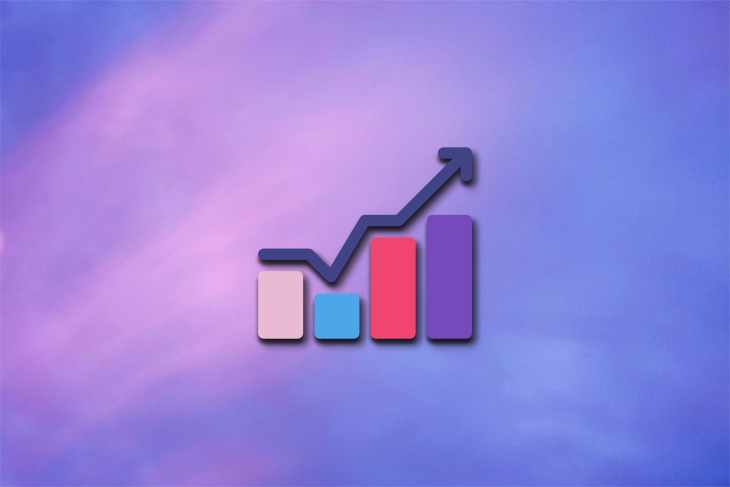Have you ever walked through a bustling flea market and noticed that none of the stalls display prices for their products? The absence of visible prices can create friction in a customer’s buying journey and lead to haggling for a “fair price.” When selling products or services online, your website becomes your stall in a much larger market. To minimize friction in your customers’ purchasing process, it is crucial to have a pricing page that informs them of the cost of your offerings. This not only establishes a fair price that applies to everyone but also helps customers decide whether they want to make a purchase. In this article, we will explore the role of pricing pages in an online business, the key components of designing an effective pricing page for all screen sizes, and how they can build trust and reduce friction for your business.
Understanding the role of a pricing page
When potential customers visit your website and consider buying your product or service, they will likely seek out your pricing page. This page provides a clear view of the prices and what customers can expect when they make a purchase. If your business offers different product or service tiers, the pricing page showcases the available choices. Ultimately, the pricing page assists customers in making informed purchase decisions by clearly outlining the features included with each pricing tier. Factors that can influence a customer’s purchase decision may include their budget, the cost of alternatives, and whether the value of the product or service justifies the price to them. They are likely to have expectations and questions, so designing your pricing page with answers in mind will help users feel more confident in purchasing from your business.
Price transparency
When visiting a pricing page, users anticipate finding clear and straightforward pricing information. An effective pricing page should be able to answer questions such as “How much does it cost?” and “What is included in this price?” Users should not have to search through fine print to learn about hidden costs. By being transparent with your pricing, you can instill confidence in users to trust your business.
Value proposition
In addition to pricing information, users want to understand the value they will receive from a purchase. They may wonder, “What features or services do I get with the purchase?” and “How will this benefit me or my business?” Clearly communicate the features included with each pricing tier and how users can benefit from them. This can be in the form of time saved, advanced features, or a higher-quality experience.
Custom options
Not all products and services are one-size-fits-all. Users may desire more flexibility than what is being offered. They may ask questions like, “Can I customize the product or service to my specific needs?” or “Are there options to add or remove features?” If your customers’ needs are not generic, consider offering a custom option that allows them to choose the features and services that work best for them. This could help improve conversion rates if customers are hesitant to make a purchase.
Comparative information
If your business offers different tiers of a product or service, users want to be able to compare the plans to choose the one that suits their needs. When comparing offerings, they may wonder, “What are the differences between these plans?” and “Which plan is most popular or recommended?” Use a pricing table to help users compare plans side-by-side, see which features are included in each plan, and evaluate which one would serve them best.
Duration and billing cycle
When making a purchase, users need to understand when and how often they will be billed, whether it is monthly, annually, or at another interval. They may also want answers to questions like, “Is there a discount for annual billing?” and “When will I be billed?” Clearly present the billing options, including the duration of the purchase and the frequency of billing. This can help users decide if they can commit to the payments and if the product or service is worth purchasing.
Discounts and promotions
Who doesn’t love a good discount? Users often look for discounts or promotions when considering a purchase. It may be the final push they need to convince them to make the purchase. They may wonder, “Are there any ongoing promotions?” and “Can I receive a discount?” Some common approaches to discounts and promotions include offering a discount for annual payments instead of monthly ones or advertising a limited-time promotion to encourage them to make a purchase sooner.
Key components of an effective pricing page
Let’s discuss the key components that contribute to an effective pricing page. From pricing tiers to call-to-action (CTA) buttons, there are a few components that deserve attention. By optimizing these elements in your design, you will have a better chance of converting prospects into paying customers when they view your pricing page.
Clear pricing tiers
If your business offers different tiers of a product or service, labels can help differentiate the differences in value that each tier offers. Naming labels such as “Free,” “Growth,” “Pro,” and “Enterprise” can help users quickly identify which category best fits their needs and budget. It also simplifies their decision-making process and helps them move towards making a choice.
Feature breakdown
With each pricing tier, include a detailed breakdown of the features included. This essentially creates a comparison table for users to assess the value that comes with each price point. For example, a “Free” plan might offer essential features for free, while a “Pro” plan costs a monthly fee but includes advanced functionality. Displaying both included and not included features in each tier can provide a better overview of what users could be missing out on. This helps them understand the trade-offs at each price point and make a decision based on their priorities and specific requirements.
Pricing details
People do not like to be confused when it comes to money. Confusion leads to distrust and can harm your chances of making a sale. Pricing information should be clear and transparent, without any hidden details. This means presenting pricing details in a transparent manner, including the currency, billing frequency (monthly or annually), and any potential extra fees or charges. Being transparent with customers is the foundation on which trust is built. Users should not be surprised by unexpected costs when making a purchase from your business. By providing a comprehensive understanding of what they are paying for upfront, you set the tone for a positive experience moving forward.
Call-to-action (CTA) buttons
An effective call-to-action (CTA) button is designed to encourage users to take action. In the case of a pricing page, these actions could include purchasing a product, signing up for a subscription service, or contacting the business for more details. The prominence and design of a CTA button can greatly impact whether a user clicks on it or not. The placement of the CTA should make sense and be noticeable to the user. For example, placing a purchase button underneath each pricing tier encourages users to purchase the plan it corresponds to. Using your brand’s accent color can enhance the visibility of a CTA on a page, making it more noticeable. Lastly, the copy of the button should be compelling enough to convince the user to click on it, such as “Buy now” or “Sign up.”
Frequently asked questions (FAQs)
Even with the features listed in each tier, users may still have unanswered questions that prevent them from moving forward. Include an FAQ section below your pricing tiers to address common questions or concerns that users may have about your offerings. This can provide quick answers to their questions and eliminate the need for users to contact support. Common FAQs address questions about return policies, free trials, hidden costs, discounts, or switching between plans. The key is to understand your users’ needs and provide them with the answers they need to confidently make a purchasing decision.
Designing for user experience
Now that we have discussed the key components, it is important to design your pricing page with user experience in mind. This involves creating a visually appealing and user-friendly layout that guides users through the pricing information. Utilize visual hierarchy to highlight important information and make it easy for users to scan and understand. Consistent branding and a clean design can also contribute to a positive user experience. Additionally, ensure that your pricing page is responsive and optimized for all screen sizes, allowing users to easily access the information on desktop, mobile, and tablet devices.
By implementing these strategies, you can create an effective pricing page that helps users make informed purchase decisions, builds trust in your business, and reduces friction in the buying process. Remember, transparency and clear communication are key to establishing a positive user experience and driving conversions.
Source link























